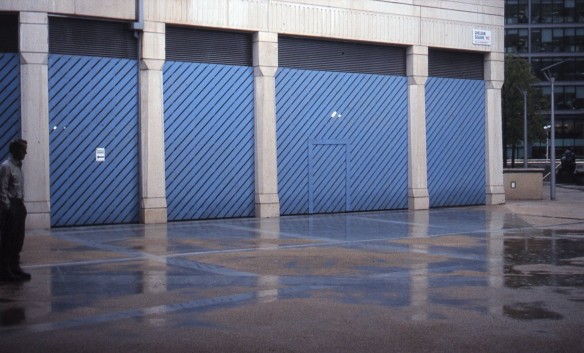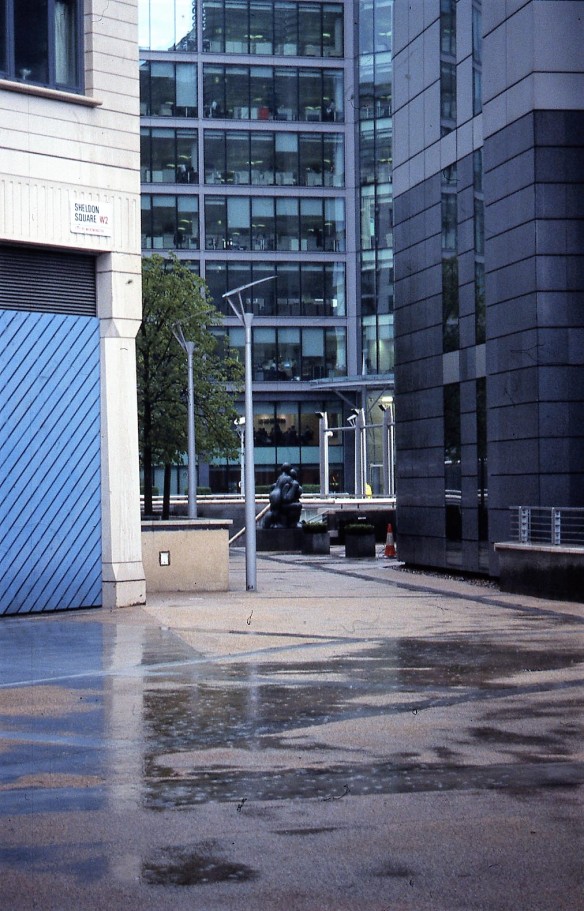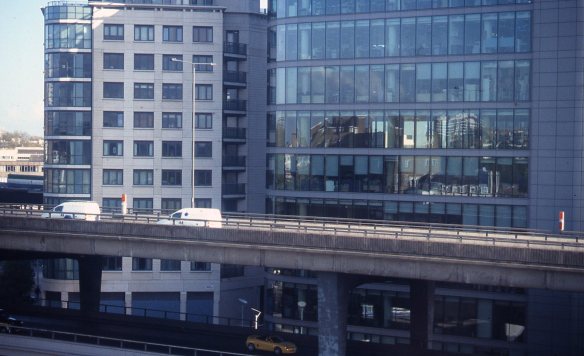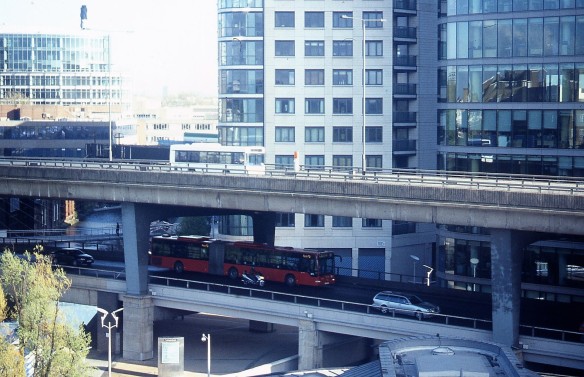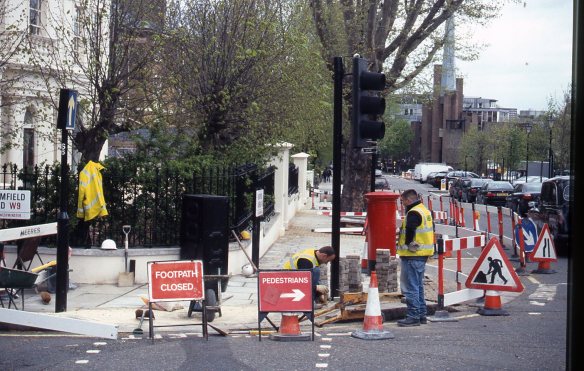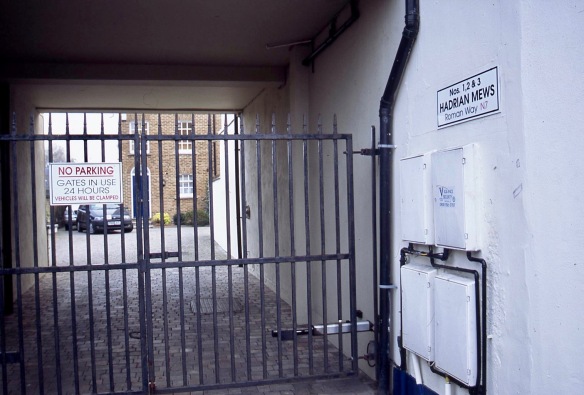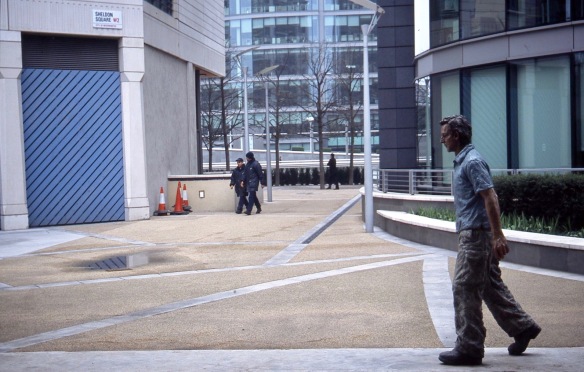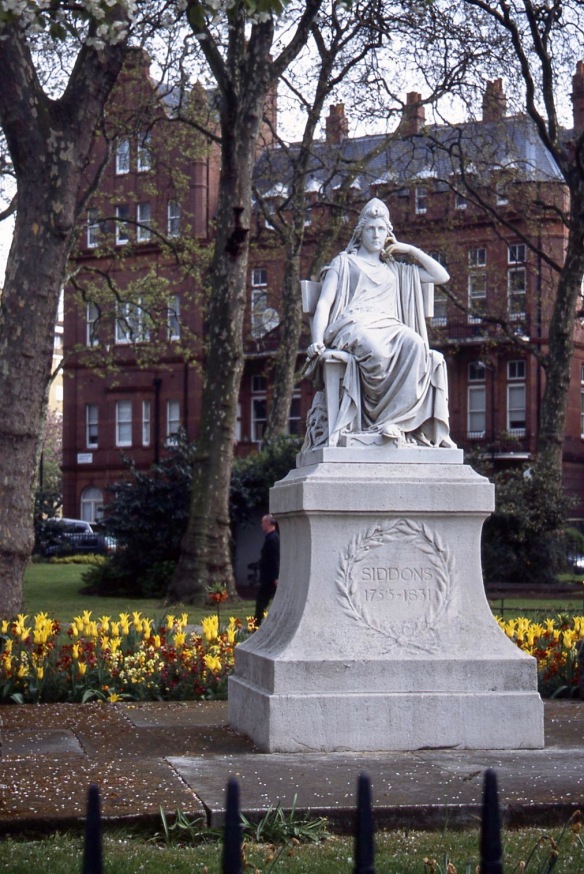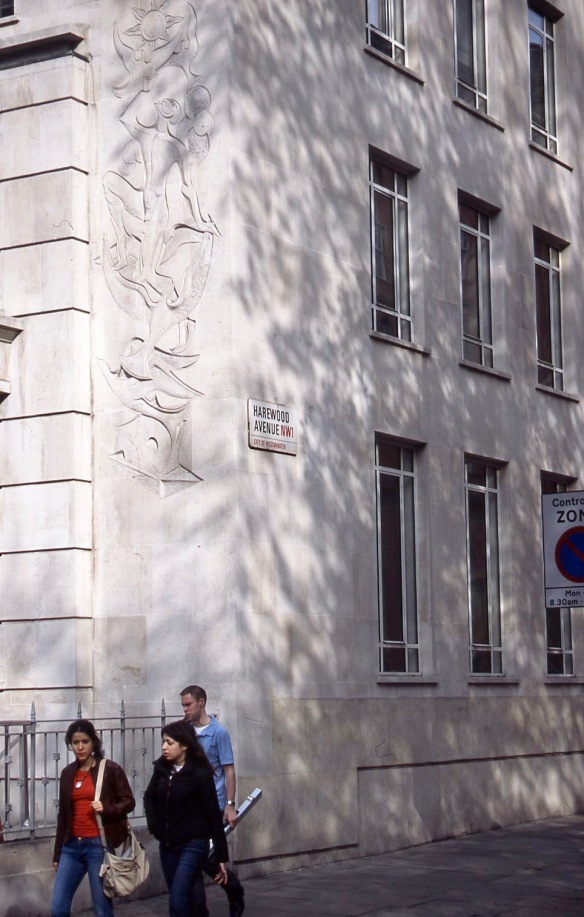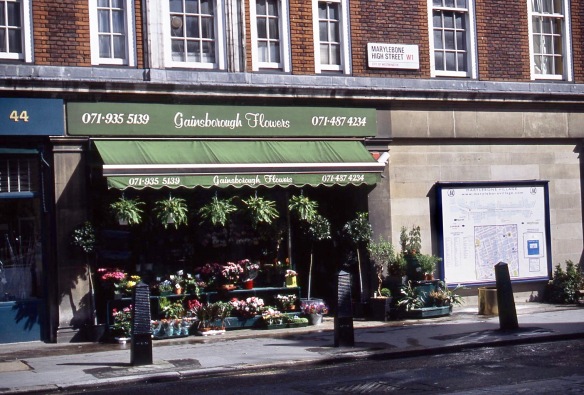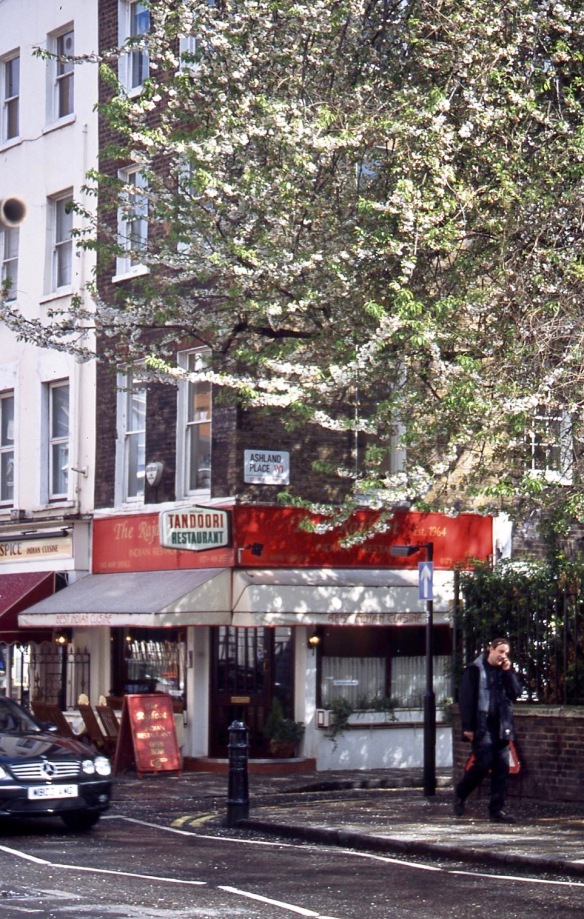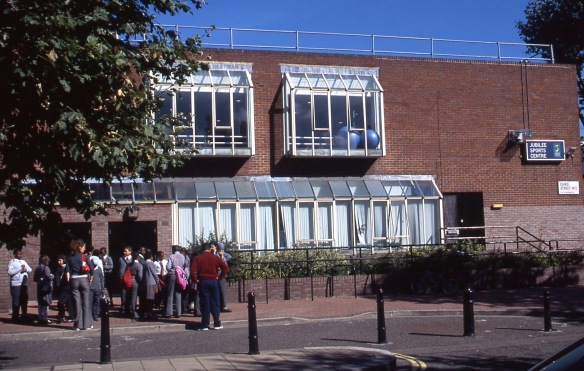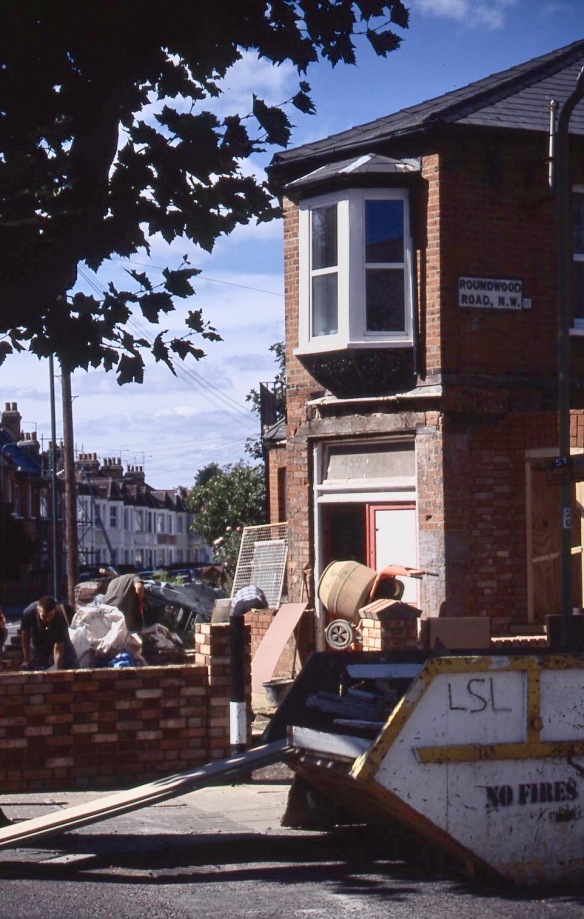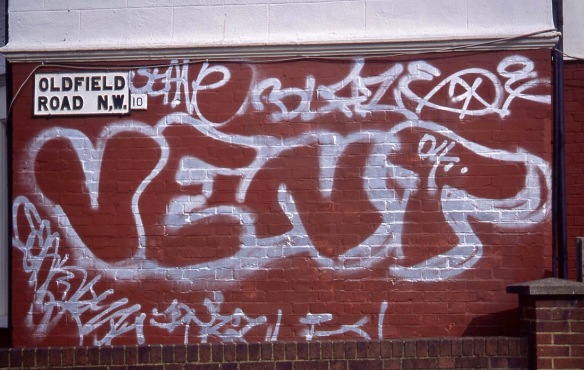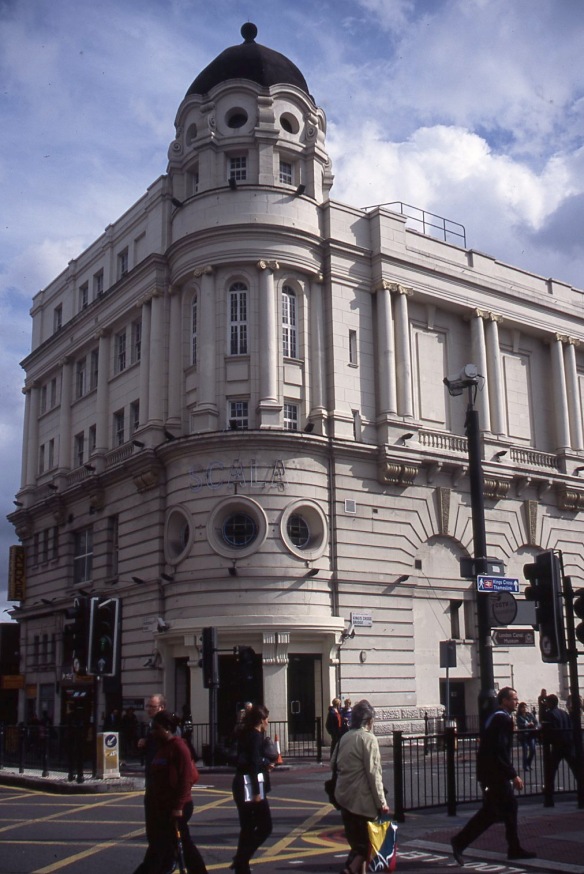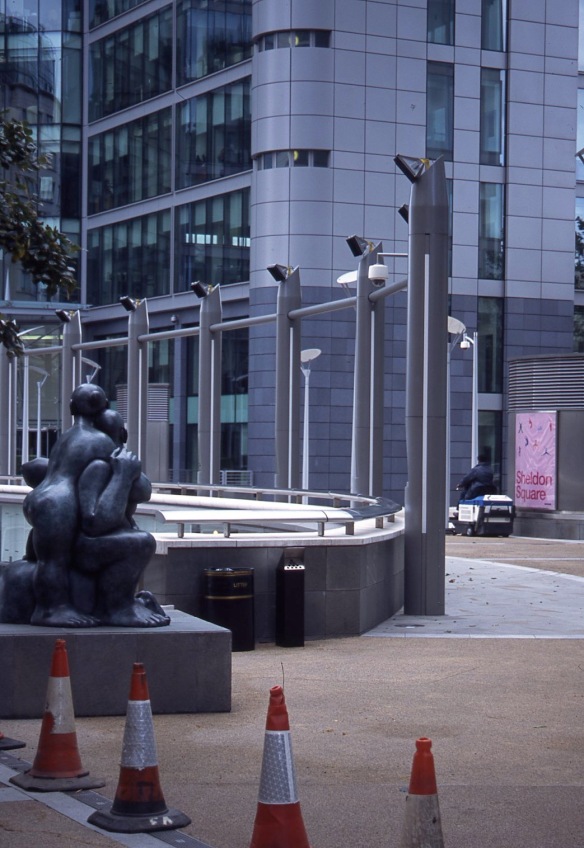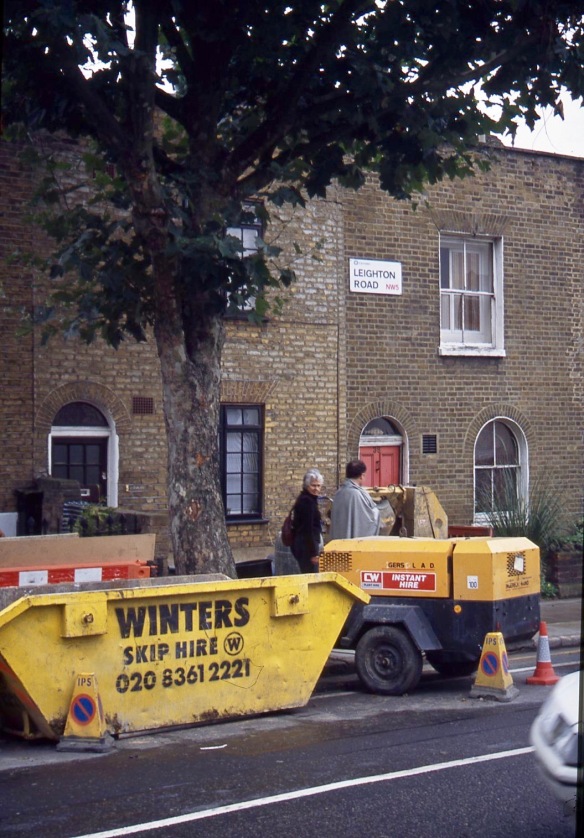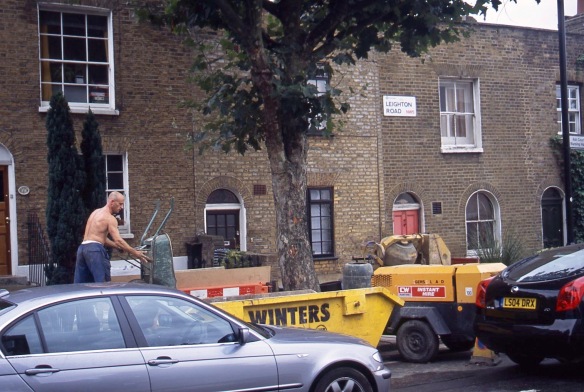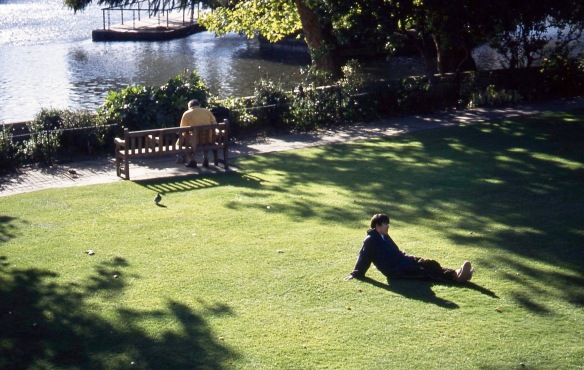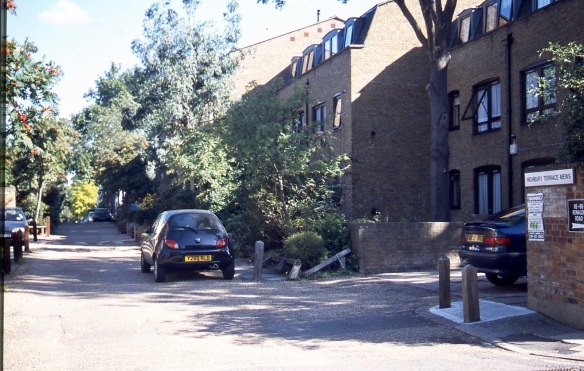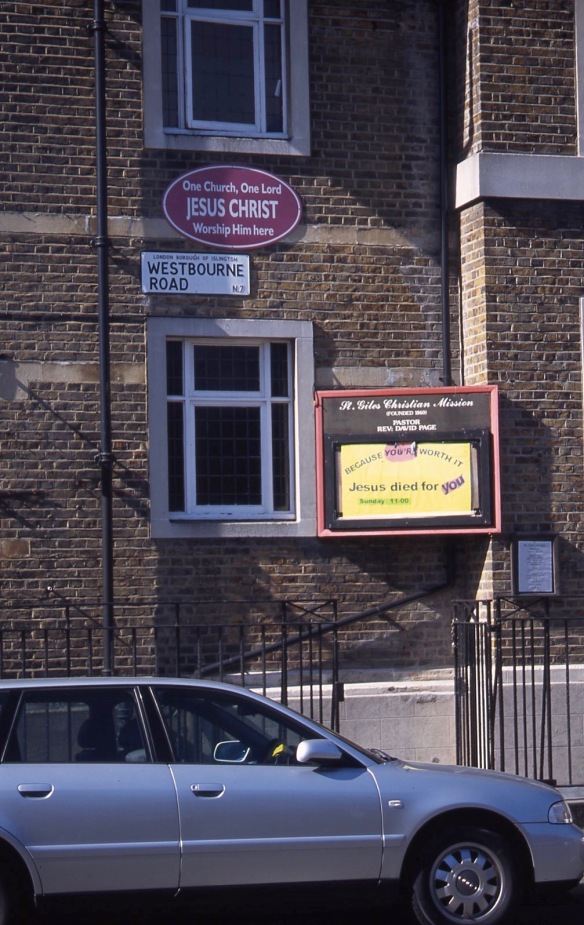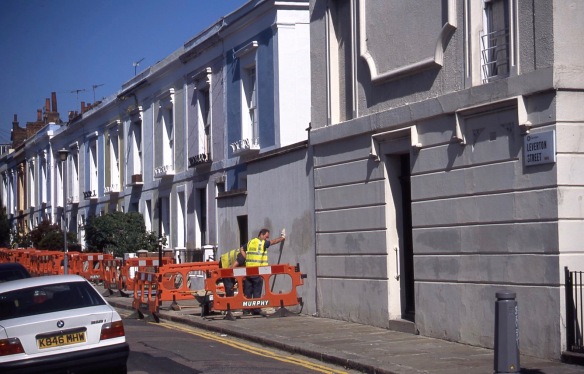CLICK ON IMAGES TO ENLARGE. REPEAT IF REQUIRED
I enjoyed another thrilling day wrestling with technology. After a few hours last night the iMac update ground to a halt. First thing this morning I phoned Apple again and got started once more. Today the process continued for a little longer, but again took an unwelcome rest. James Peacock, my local consultant is going to have to come and collect it.
My next task was to order and pay for Christmas presents from the Disney Store. The nearest was in Southampton. They had four of the main item in stock. They couldn’t accept payment over the phone; and they could not save an item for us. I could buy the present on line. I went on line. The item was not included in their pages. I’ll leave that one there.
I am due possible laser surgery on my left eye. I need to book the appointment on line. Apparently this is an easy process. It didn’t prove to be. Each time I typed the address given on my form, I landed on Google explanatory pages. I’ve no idea how I managed it, but I did eventually arrive at the booking system, and obtained the first available NHS appointment. This is in April.
Not to be deterred from my determination to illustrate this post, I transported my Windows laptop to my Epson scanner, and set about scanning my next batch of colour slides from the Streets of London series, produced in May 2005.
Everything was correctly plugged in, but no scanner icon appeared on the screen. Further investigation revealed the message that the driver was unavailable. Given that I thought I was the driver, that seemed at first to be out of order. Further head scratching made me realise that I had never used the ten year old scanner on this laptop. From the depths of my memory I remembered that a CD contained the relevant software. I found it. Things were looking up. This ancient bit of kit loaded perfectly, and I was up and running.
Sheldon Square, W2 has appeared before, especially featuring the other realistic sculpture walking towards this chap standing on the left.
Neither of the two shirted gentlemen will ever be provided with an umbrella like the real live woman walking towards us.
This sculptural group is not striving to hoodwink passers by. Much of the paving in this up-market development was, in my view, laid too soon to allow sufficient settlement. There also appears to be a dearth of drainage. Pools are the result.
My counselling room in Beauchamp Lodge enabled me to look across the Harrow Road roundabout
and the flyover
that spans the canal
and the edge of the square.
I was able to watch cars, vans,
industrial vehicles,
and bendy buses travelling along Harrow Road or the A40. What could easily be mistaken for two red buses is in fact one. Bendy is the colloquial name for articulated buses. They were introduced into London in 2001, some 20 years after several other countries. Most Londoners would probably agree with Boris Johnson who believed they were unsuitable for the city. They were all withdrawn by the end of 2011. I believe that Sadiq Khan, the current mayor of London is being urged to bring them back. As a fairly frequent traveller on this method of transport I observed many people securing a free ride. It was possible to enter the bus by means of the exit door situated at the centre join. The buses are operated by a single person who, with so many standing passengers, had no chance of preventing this abuse.
Blomfield Road, W9 forms a junction with Warwick Avenue which leads up towards the huge roundabout featured above.
The grand terraces of Park Place Villas and St Mary’s Terrace stand in stark contrast to the buildings shown at the start of this post.
This evening we dined on Jackie’s smoked haddock, piquant cauliflower cheese, creamy mashed swede and potato; with runner beans and carrots for a splash of colour. I finished the cabernet sauvignon.
